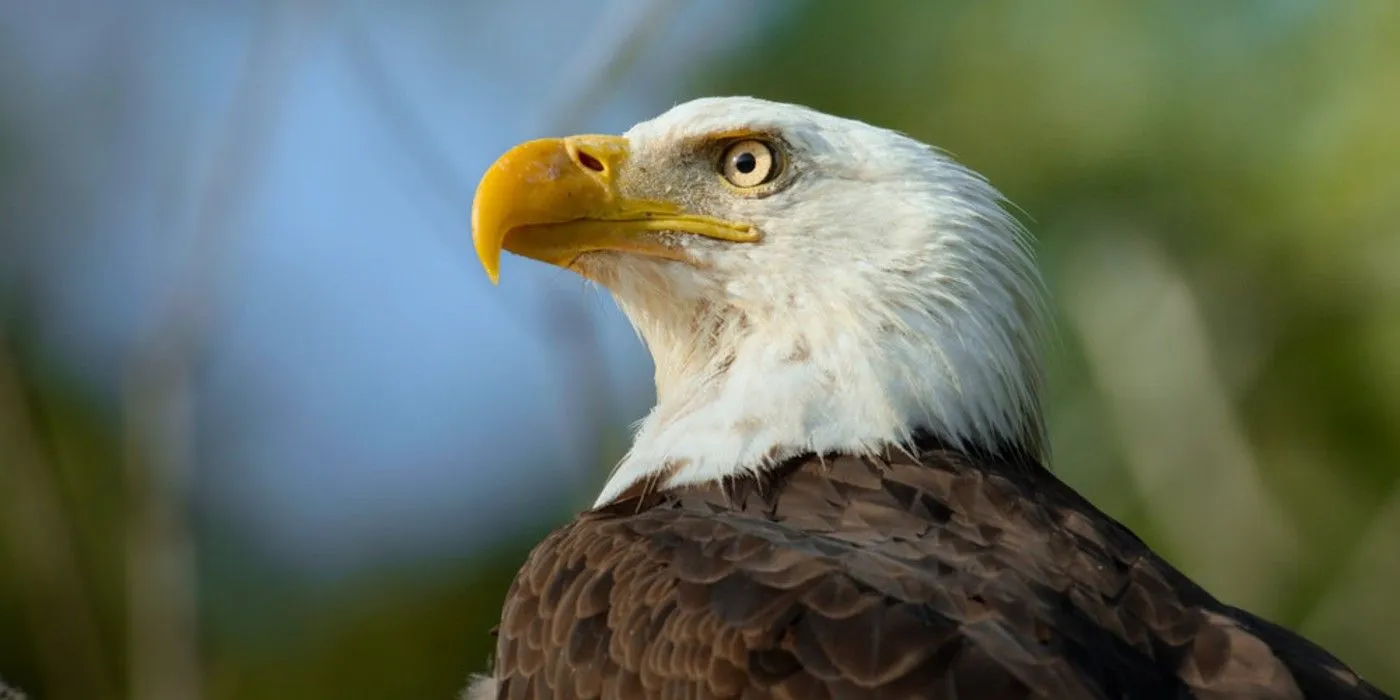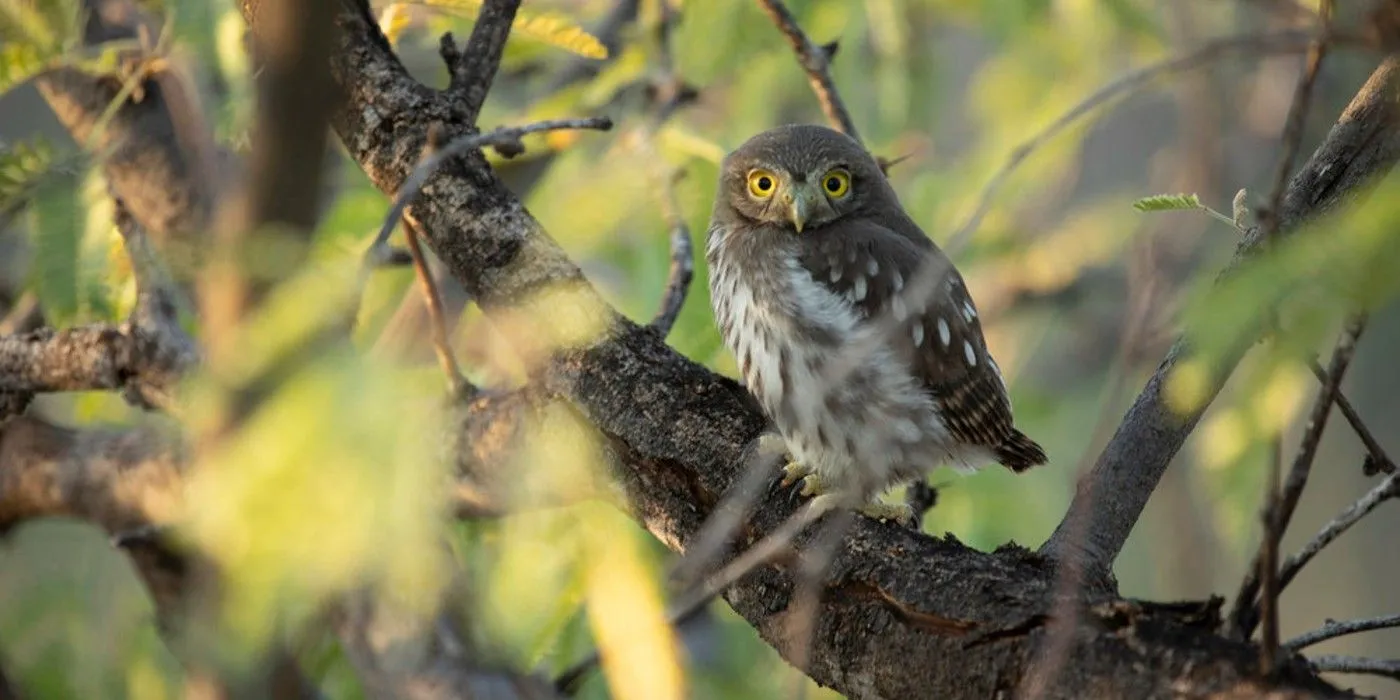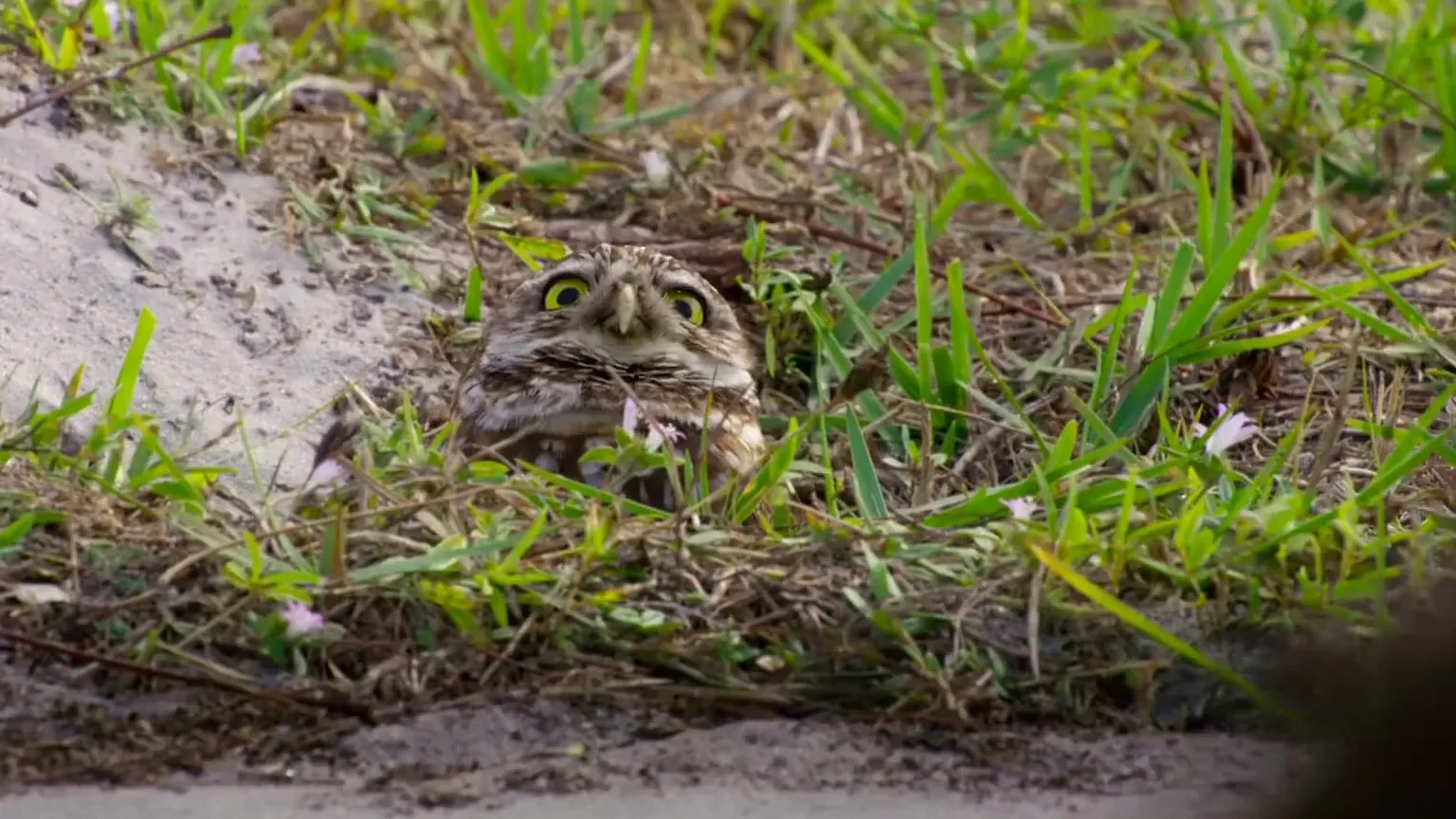The Americas, a 10-part wildlife docuseries, emerges from a collaboration between NBCUniversal and BBC Studios. The production spanned five years with 180 field trips that captured varied ecosystems across two continents.
The effort involved state-of-the-art filming methods that recorded nature’s many facets in crisp detail. The series centers its focus on the rich biodiversity found in North and South America, presenting both well-known and seldom-seen species across a range of natural settings. Designed for family audiences on NBC, the program introduces viewers to a natural world that is both visually striking and steeped in cultural significance.
Its production reflects current shifts in television, where high-quality visual narratives serve as a medium for sparking discussion about human interaction with the environment. This format signals a fresh take on storytelling that intertwines visual appeal with social commentary on the evolving role of media.
Cinematic Craft and Visual Impact
The Americas presents a range of natural settings that impress with their clarity and depth. The series captures scenes from Yellowstone’s expansive terrain, Monument Valley’s striking rock formations, and the distinct environments of the Yucatán Peninsula.
The imagery delivers detailed views of vast open spaces and hidden natural gems, offering a look at regions that vary in climate and ecosystem. The careful framing of each shot emphasizes the inherent beauty found across North and South America, inviting viewers to experience the diversity of nature in its raw form.
The production employs advanced camera equipment and innovative shooting methods to record the nuances of wildlife and landscapes. High-definition technology is applied to capture both expansive aerial views and intimate macro details. The use of wide-angle lenses allows for an appreciation of sweeping vistas, while close-ups provide insight into the intricate textures of flora and fauna.
Time-lapse footage adds a dynamic element, reflecting shifts in light and weather that reveal subtle changes in the environment. The team’s ability to adapt equipment and techniques to varied weather conditions and challenging locations highlights their commitment to precision and detail in every frame.
A careful balance is struck between visual spectacle and scientific observation throughout the series. The deliberate pacing and structured presentation ensure that viewers are given ample time to absorb each natural phenomenon. There is a rhythm to the depiction of animal behaviors and natural processes that, despite repeating certain visual motifs, remains engaging through its crisp execution and clarity.
The interplay between expansive landscape shots and detailed close-ups forms a coherent narrative that supports a broader discussion on environmental change and the interaction between species and their surroundings. The methodical approach to visual storytelling creates a layered experience, where each sequence contributes to an evolving narrative about nature’s complexity and the human role in its preservation.
Narrative Style and Storytelling Approach: A Societal Mirror
Tom Hanks’ role as the narrator emerges as a distinctive feature, blending light humor with clever anecdotes and occasional nods to classic cinema. His delivery offers a familiar tone that softens the weight of nature’s harsher realities, making the content approachable without oversimplifying its complexity.
Hanks’ voice serves as a bridge between viewers and the natural world, inviting audiences to engage with the material in a relaxed yet thoughtful manner, while his occasional quips hint at a self-awareness that is rare in traditional wildlife presentations.
The series organizes its content episodically, each installment spotlighting different regions and species, a structure that mirrors the diverse tapestry of life across two continents. The pacing is carefully calibrated, balancing the introduction of new species with a deeper look at their environments, ensuring that the narrative remains fluid rather than fragmented.
The emphasis on familial and mating behaviors in the animal kingdom serves not only as a narrative device but also as a subtle commentary on the importance of social bonds and community in a rapidly changing world. This episodic format reflects contemporary shifts in television, where serialized storytelling is increasingly favored on digital platforms for its capacity to capture sustained viewer interest.
The series frequently uses narrative anecdotes to imbue animals with relatable traits, a move that both humanizes and simplifies complex ecological dynamics. Comparisons to familiar cultural archetypes provide a touch of humor, while also inviting reflection on how society constructs identity and roles.
By highlighting individual animal stories—whether it’s the resourceful journey of a lone coyote or the tender care of a mama bear—the series crafts moments that resonate emotionally. These brief, memorable narratives act as microcosms of larger social themes, subtly challenging viewers to reconsider the interplay between nature and the values of our time.
Thematic Exploration and Content Depth
The series casts a wide net over the ecosystems of two continents, presenting a rich mosaic of life that spans from the sprawling forests and deserts of North America to the dense, humid landscapes of South America.
It pays close attention to both familiar and overlooked species, setting up a narrative that captures the complexity of ecological interdependencies. Viewers encounter elaborate food chains, where predator-prey relationships are depicted with an almost tangible precision, and survival strategies are brought to life through vivid sequences that underscore the raw mechanisms of nature.
There is a subtle yet deliberate exploration of human influence that threads through the series. While the focus remains on nature’s splendor, the narrative does not entirely ignore the scars left by human activity. Instances of agricultural expansion and urban encroachment are woven into the fabric of the storytelling, inviting reflection on how human choices have reshaped natural habitats.
The portrayal is measured, highlighting moments where species find refuge in the remnants of human civilization—an urban fox here, a barn-occupying woodpecker there—thereby offering a nuanced glimpse into the balance between nature and modern development.
At the heart of the series lies an exploration of natural selection and the perpetual drive for survival. The depiction of mating rituals and parental care is rendered with clarity, serving as microcosms of broader evolutionary principles. The series draws attention to the resilience inherent in nature, where every organism, whether it thrives in a sunlit valley or a shadowed forest, is engaged in a continuous struggle that is both awe-inspiring and unyielding.
The narrative approach highlights these survival stories not merely as isolated events, but as reflections of an enduring struggle that resonates with current cultural debates about resilience, adaptation, and the need for sustainable coexistence.
Harmonic Narratives and Emotional Impact
The score serves as a backbone for the visual narrative. Its arrangements, reminiscent of celebrated composers such as Hans Zimmer, inject scenes with intensity and subtle shifts in mood.
Carefully crafted musical passages boost the viewing experience during dramatic sequences and quiet moments alike. The score ties closely to the imagery on screen, offering a measured yet stirring presence that underscores both the majesty and tension captured by the lens.
Sound design melds field-recorded ambient noises with the composed score to produce a layered auditory experience. Natural sounds—rustling leaves, distant animal calls, and the soft murmur of wind—merge seamlessly with orchestrated music in moments that spotlight expansive vistas or intimate wildlife encounters.
In sequences where the camera holds on a sweeping landscape or a critical moment between creatures, the audio intensifies the mood, drawing viewers deeper into the unfolding story. This fusion of sound and image creates a sensory experience that prompts reflection on nature’s power and the subtle shifts in how we perceive environmental change.
The careful balance between silence and sound lends each scene a measured, thoughtful tone, further enriching the series’ ability to engage and provoke discussion on social and cultural topics.
Overall Impact and Series Legacy
The combination of striking visuals, engaging narration, and stirring music creates a fully immersive experience that transports viewers into varied natural settings, sparking curiosity and genuine appreciation for ecological diversity.
The series presents intricate interactions within wildlife communities, prompting reflection on our collective role in preserving natural habitats. It communicates the complexity of ecosystems through clear, thoughtful storytelling, inviting audiences to learn about the delicate interplay of species without oversimplification.
The narrative touches on human influence subtly, offering moments that provoke awareness of environmental challenges. The production hints at untapped potential for upcoming episodes to explore issues like climate change and habitat preservation with greater nuance. In doing so, it not only serves as a visual and auditory treat but also stimulates discussion on environmental stewardship and social responsibility in media.
The Review
The Americas
"The Americas stands as an engaging exploration of our natural world, fusing vivid imagery with accessible narration and a stirring musical score. It offers an insightful look at ecological interplay and human influence, inviting viewers to reflect on nature’s resilience. While it sometimes falls into familiar patterns, the series charts a promising path for future discussions on environmental stewardship and social awareness. Its innovative blend of visual and narrative techniques signals a positive shift in how nature is portrayed on screen.
PROS
- Stunning visual presentation and diverse landscapes
- Engaging narration that offers a familiar tone
- Immersive sound design and memorable musical score
CONS
- Occasional repetitive storytelling elements
- Some segments lack depth in analyzing human impact




















































